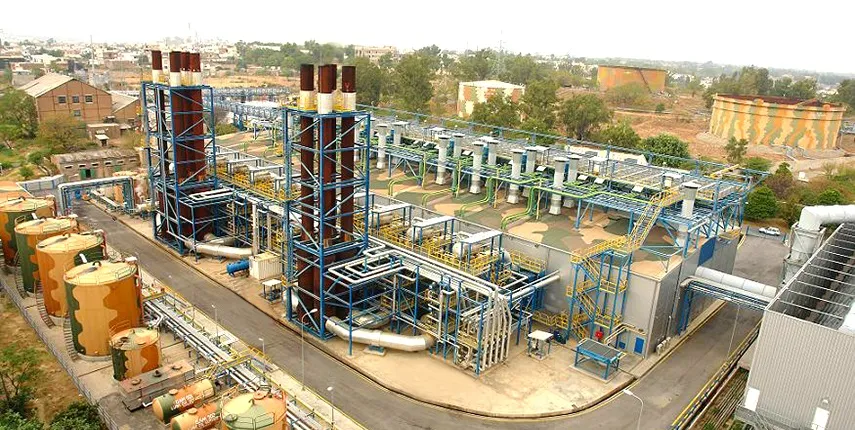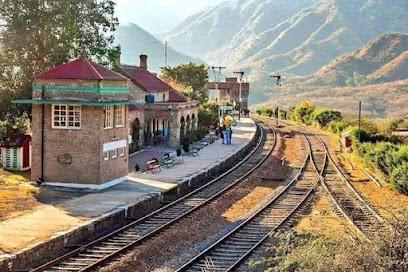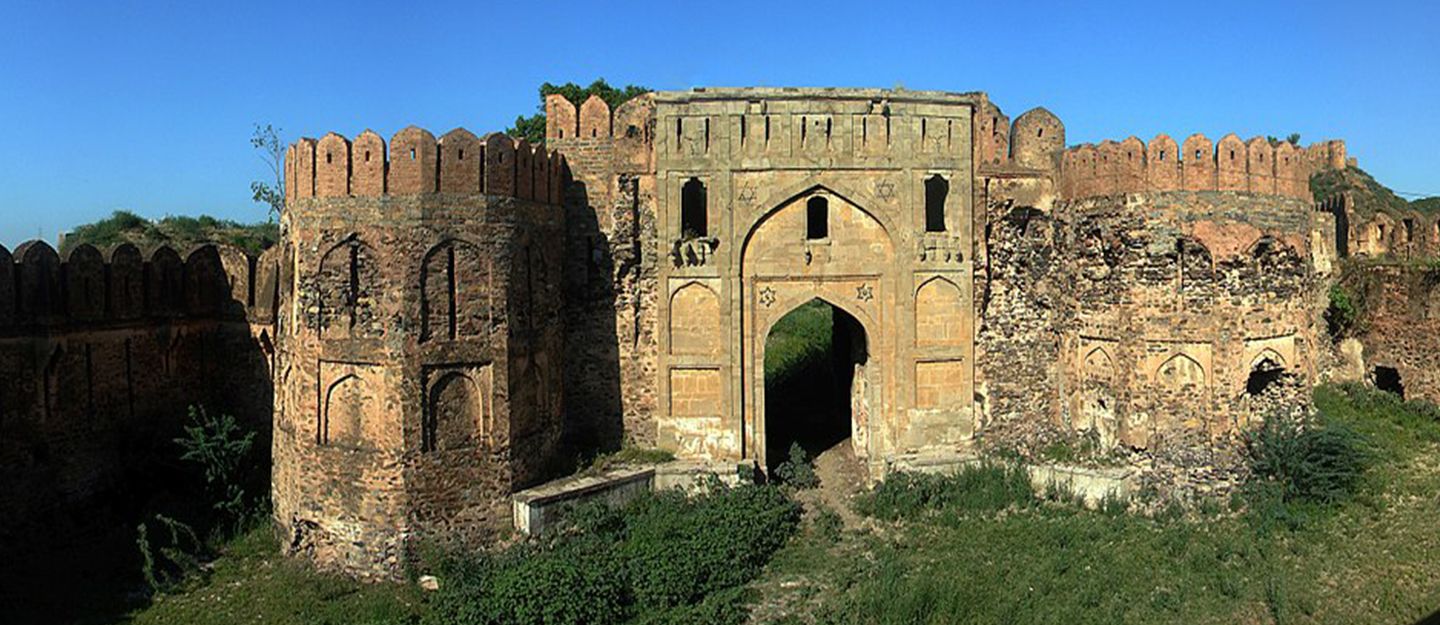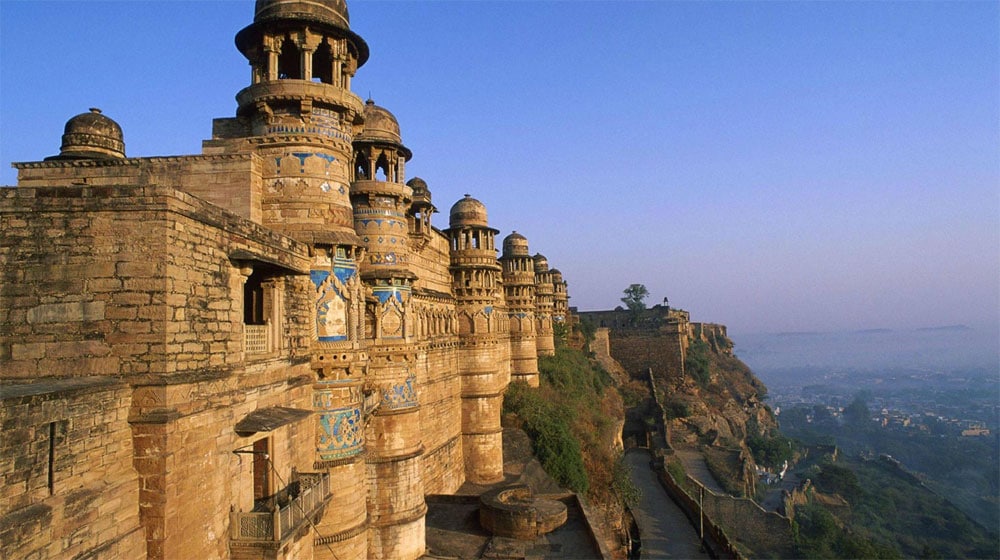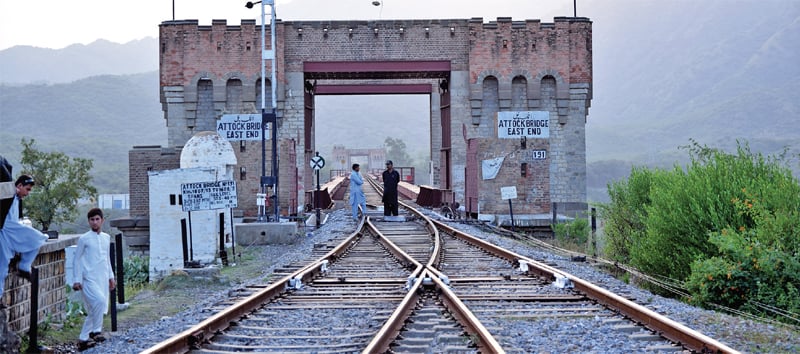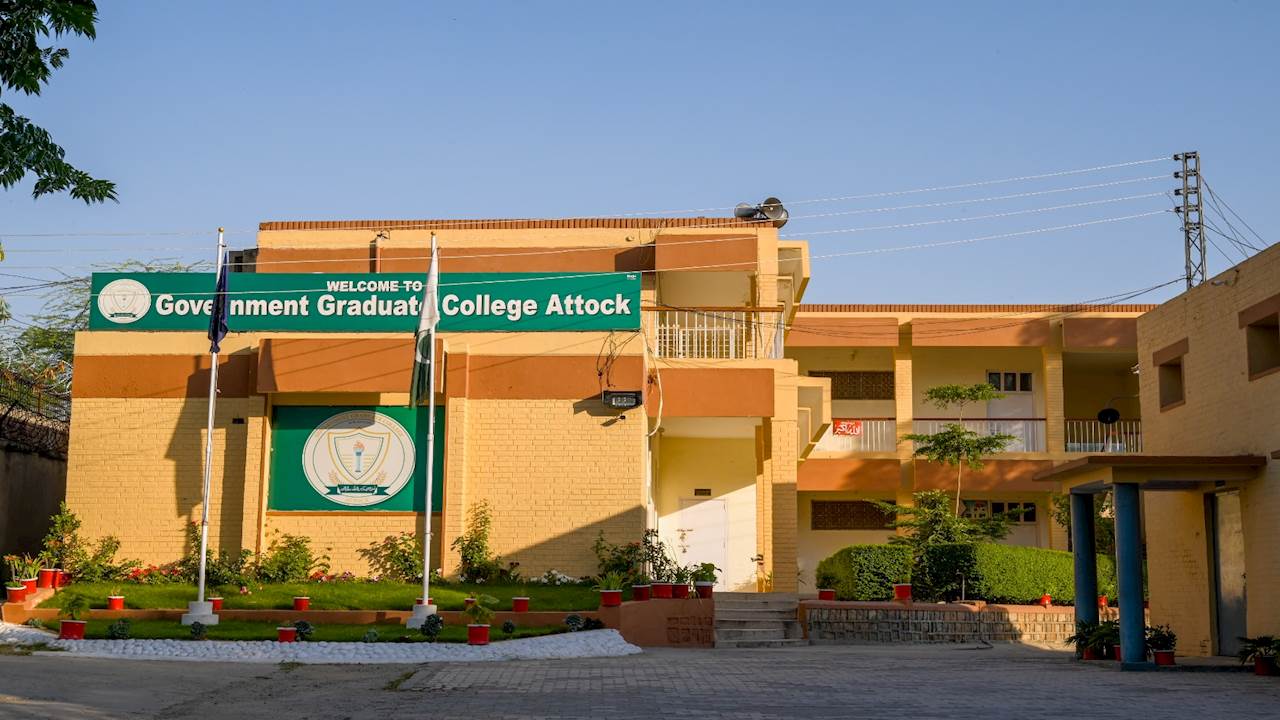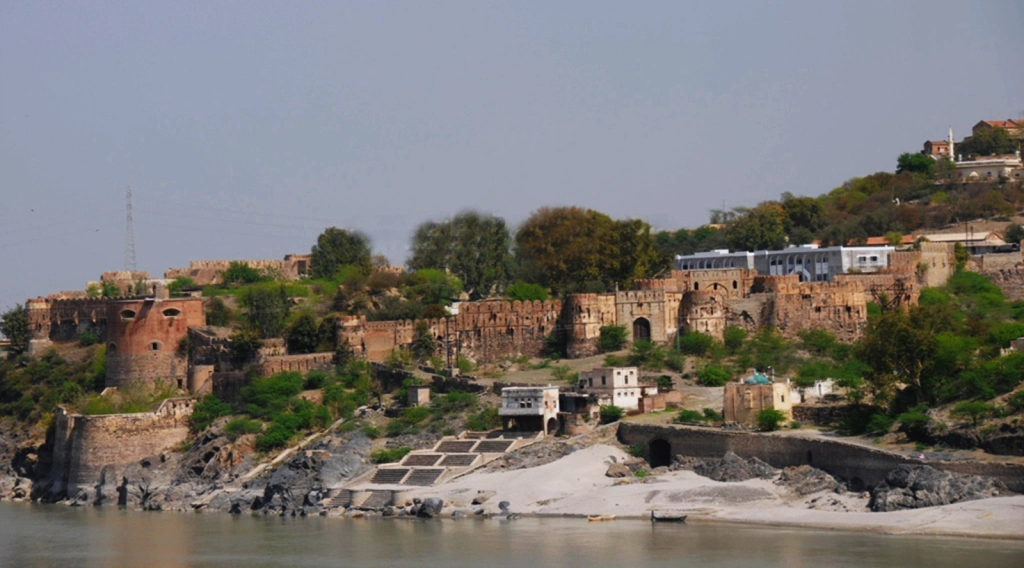
About the Attock
The Gateway Between Provinces
Located at the crossroads of Punjab and Khyber Pakhtunkhwa, Attock is a city of strategic importance, deep historical roots, and natural beauty. Often overlooked in the hustle of larger urban centers, Attock holds a unique place in Pakistan’s geographical and cultural landscape. It acts as a natural bridge between provinces, cultures, and centuries of history.
From its military significance to its peaceful villages and historical forts, Attock is a place where the past and present coexist gracefully.
A Historical Crossroads
The history of Attock stretches back to ancient times. Because of its position on the eastern bank of the Indus River, it has long been a site of military and commercial importance. Invaders, traders, kings, and pilgrims have passed through its terrain for centuries, making it a witness to the rise and fall of many empires.
The region gained immense importance during the Mughal period when Emperor Akbar built the iconic Attock Fort in the late 16th century. The fort was constructed to guard the passage across the Indus River and to keep an eye on the strategic route between Kabul and Lahore. This fortress still stands today, not just as a symbol of the past, but also as a silent sentinel over the region’s present.
During the British Raj, Attock served as a key point of defense and communication, and it remains a garrison city to this day.
Geography and Strategic Location
Attock is situated in northern Punjab and serves as a boundary between Punjab and Khyber Pakhtunkhwa. The mighty Indus River flows through the district, offering both beauty and utility. This geographical feature also played a role in shaping the region’s history, economy, and culture.
The famous Attock Bridge spans the Indus and connects the city with the rest of the country. This historic bridge has been rebuilt and modernized several times, and today it serves both road and rail traffic.
Attock’s location at a junction of provinces has not only given it military value but also made it a cultural melting pot where traditions from Punjab and the northwest merge.
Economy and Agriculture
Attock has a mixed economy that includes agriculture, trade, and services. The land around the city is fertile, making agriculture a key source of livelihood. Farmers in the region grow wheat, maize, sugarcane, and various vegetables. Olive cultivation is also gaining popularity in some parts of the district due to suitable climatic conditions.
Livestock farming and dairy production are additional sources of income for rural families. The local markets are filled with fresh produce, grains, and handmade goods that reflect the self-sufficiency of the region.
Trade plays an important role in the local economy due to Attock’s proximity to other cities like Rawalpindi, Islamabad, and Peshawar. The movement of goods, agricultural produce, and people across provinces creates vibrant commercial activity.
Industry and Development
While Attock is more rural than urban in character, the city is gradually developing its industrial base. The Attock Oil Refinery located in nearby Morgah (Rawalpindi) is a well-known name, and oil exploration and refining contribute to the region’s economy.
Small-scale manufacturing units, construction companies, transport businesses, and service-based enterprises are on the rise. With increasing investment in infrastructure and public services, Attock is slowly emerging as a regional hub with growing urban potential.
Plans for better roads, health facilities, and educational institutions reflect the government's interest in unlocking Attock’s development potential.
Education and Institutions
Education is a growing focus in Attock, with many public and private schools, colleges, and technical institutes serving the district. Institutions such as Government Postgraduate College Attock, COMSATS University (Attock Campus), and various public schools contribute to the educational advancement of the youth.
While higher education facilities are still expanding, students often travel to nearby cities for university-level programs. However, the rise in coaching centers, IT training hubs, and professional courses shows that the people of Attock are eager to adapt to a changing world.
Cultural Harmony
Attock is a place where diverse traditions meet. The local population consists of Punjabi, Pashtun, and Hindko-speaking communities. This mix of ethnicities and languages gives the region a unique cultural richness. People are known for their hospitality, strong family values, and respect for traditions.
Folk music, local crafts, and traditional clothing are an integral part of Attock’s identity. Local fairs and religious gatherings bring together people from different villages and backgrounds in a spirit of unity and celebration.
Religious tolerance and peaceful coexistence are visible in the way mosques, shrines, and cultural sites are preserved and respected by all communities.
Natural Beauty and Tourism
Attock is blessed with scenic beauty and natural landmarks. The Indus River provides picturesque views, especially near the Attock Bridge, which is a favorite spot for travelers and photographers. The Kala Chitta Range nearby adds to the dramatic landscape, with rolling hills and rocky outcrops that are perfect for hiking and exploring.
The Attock Fort, although under military control and not fully open to the public, is an architectural wonder. Its massive walls and bastions overlooking the river make it one of the most striking forts in Pakistan.
Another tourist destination is the Gurdwara Panja Sahib in nearby Hasan Abdal, one of the most sacred sites for Sikhs, which brings in pilgrims from around the world.
Small picnic spots, gardens, and rest areas along the riverbanks provide relaxing retreats for families and travelers passing through.
Military and National Importance
Attock's military history continues today, as it is home to several military installations and training centers. The region’s strategic importance has kept it on the radar of defense planners, and its proximity to key borders makes it an essential location for national security.
The presence of the military has also contributed to the development of infrastructure, schools, and hospitals in the region.
Challenges and Opportunities
Like many growing cities, Attock faces challenges. Rural areas still need better roads, clean drinking water, and improved healthcare. Unemployment and lack of industrial development remain issues in some pockets of the district.
However, the opportunities are vast. With improved road networks, investments in education, and better use of natural resources, Attock can develop into a modern city that honors its history while embracing the future.
Conclusion
Attock is a city that symbolizes strength, history, and unity. It stands at the gateway between two provinces and represents the shared heritage of Pakistan. With its rivers, forts, fertile lands, and resilient people, Attock has all the ingredients of a great city in the making.
As development catches up with its potential, Attock is likely to play a more prominent role in the national narrative—not just as a bridge between places, but as a destination in its own right.
Address: Plot # 641, Attock, Pakistan
